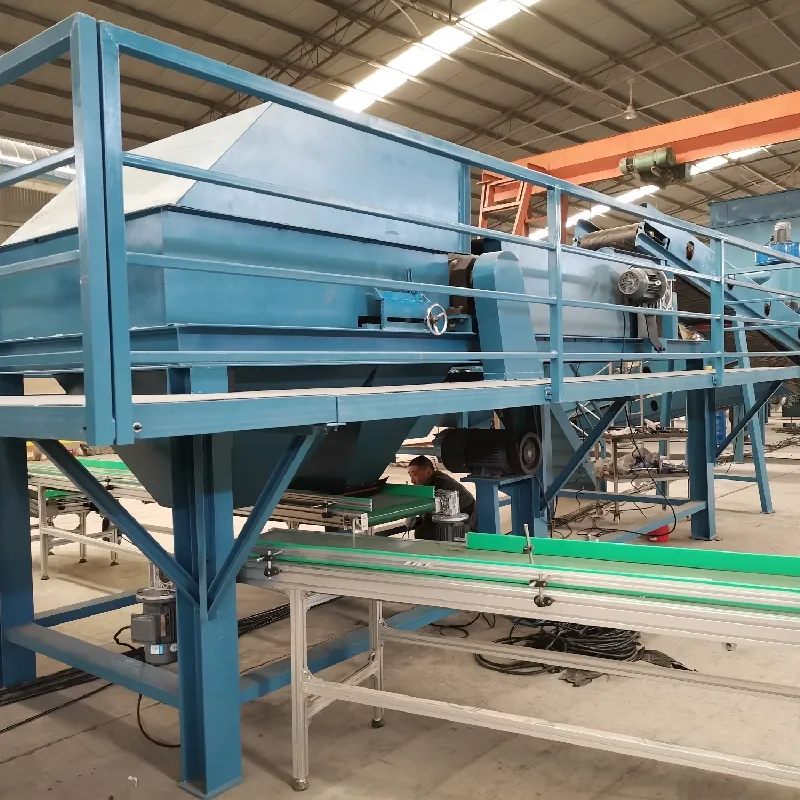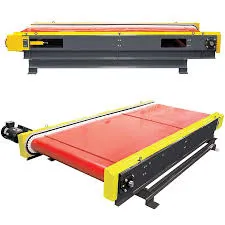Printed Circuit Boards (PCBs) are integral components of modern electronics, facilitating everything from smartphones to industrial machines. However, as technology advances rapidly, the mountain of outdated electronic gadgets grows ever larger, prompting a crucial question how can we responsibly recycle PCB boards? Let's delve into an expert-driven analysis of the most effective ways to recycle these vital components, focusing on both environmental sustainability and economic viability.

Firstly, it’s essential to understand what constitutes a PCB. Typically, PCBs consist of non-metallic materials, such as fiberglass or epoxy resins, layered with copper circuitry. This composition makes direct disposal environmentally harmful, necessitating strategic recycling to mitigate toxic waste and maximize material recovery.
Experience has shown that the initial step in recycling PCBs involves careful dismantling of electronic devices. Skilled technicians can manually extract the PCB without damaging other components, which can be reused or sold as spare parts. This manual process requires expertise to ensure that valuable materials are not inadvertently destroyed, and harmful elements are not released during the extraction. An authoritative guide by the European Union’s WEEE (Waste Electrical and Electronic Equipment) directive further advocates for this practice to uphold environmental safety standards.

Advanced processing comes into play once the PCB is extracted. Professional recyclers utilize physical and chemical methods to separate metallic from non-metallic parts. Expertise in these techniques is critical. For example, mechanical processes such as shredding or milling are employed to reduce the PCBs to manageable sizes, but require precise control to avoid generating hazardous dust. Subsequently, separation processes, often involving magnetic and density-based methods, isolate copper, gold, and other precious metals from the debris. This part of recycling demands not just technical skill but also extensive machinery, reflecting the significant authority and investment required in this sector.
how to recycle pcb boards
After metal extraction, the remaining non-metallic components still present a recycling challenge. Innovations in pyrolysis—a thermal decomposition process conducted in an oxygen-free environment—have demonstrated promise. Pyrolysis breaks down the resins and fiberglass into reusable compounds while minimizing environmental harm, with research studies affirming its effectiveness and increasing adoption among industry leaders.
Trustworthiness in PCB recycling also ties closely with regulatory compliance.
Ensuring adherence to international recycling standards is non-negotiable. Certified recycling facilities are regularly inspected to align with environmental laws, safeguarding both workers and the ecosystem. Furthermore, transparency in how companies handle electronic waste builds consumer trust. Businesses often publish reports detailing the end-to-end lifecycle of their recycling process, reinforcing their commitment to sustainable practices.
Moreover, public awareness and education rank as paramount. Promoting consumer understanding of PCB recycling enables smarter disposal choices. Educative initiatives often powered through digital platforms are contributing significantly to global awareness. Online resources, helmed by authoritative bodies such as the Environmental Protection Agency (EPA), offer insights into recycling techniques and the importance of reducing electronic waste.
In conclusion, recycling PCB boards is a multifaceted endeavor requiring a balance of technical proficiency, regulatory adherence, and consumer engagement. Each phase—from extraction to material recovery and public education—is interconnected, and success hinges upon the cooperative effort of industry specialists, regulatory agencies, and informed consumers. By embracing these practices, we not only recover invaluable resources but also pave the way for an eco-friendlier electronic industry.


